Comprehensive Detailed Guide about Tualang Honey
Honey is a natural sweetener made by the hard-working bees using the nectar collected from flowers. People across the world have hailed the exceptional health benefits of this natural liquid gold for thousands of years. It is available raw or pasteurized in a variety of types and color grades. One such unique honey variety is Tualang honey!
Table Of Contents

- What is Tualang Honey?
- Where does Tualang Honey Come From?
- How is Tualang Honey Harvested?
- What Are the Physicochemical Properties of Tualang Honey?
- For What Reason is Tualang Honey Costly?
- What Are the Health Benefits of Tualang Honey?
- Safety & Side Effects of Tualang Honey
- Takeaway
- Buy Our Tualang Honey
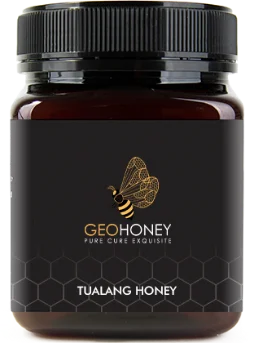
What is Tualang Honey?
Tualang honey is made by the giant honey bee species, Apis dorsata, that forms its hive high in the Tualang tree.
In a manner one might say that the name 'Tualang honey’ is somewhat of a misnomer, on the grounds that the honey comes from nectar accumulated by the honey bees from a wide scope of plants inside the woodland, not from the Tualang tree itself. This is as opposed to, say, Tupelo honey, which is produced using nectar assembled explicitly from the white blooms of Tupelo trees.
Where does Tualang Honey Come From?
The Tualang tree (Koompassia excelsa) is a large tree found in swamp tropical rainforests in Malaysia, Sarawak, Sabah, and Kalimantan. The tree is called Tualang just in Malaysia (for example, it is known as the Tapang tree in Sarawak). The trees routinely develop more than 250 feet in height– some coming to more than 300 feet.
The honey bees make the honey from the nectar of a wide range of plants in the woodland, so it is a floral honey, not a mono-botanical honey, and is additionally not a honeydew (timberland honey).
Because of the wide searching range of the giant honey bee, the honey is produced using a wide scope of plant nectars, so the honey can vary in shading – bringing about what is known as dark honey, yellow honey, or white honey, with taste differing in bitterness, pleasantness, sharpness, and flower quality.

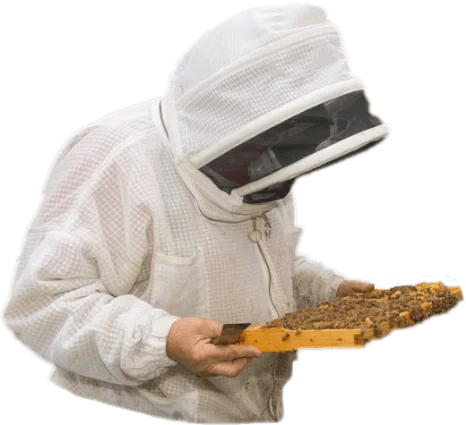
How is Tualang Honey Harvested?
Harvesting Tualang honey is very troublesome – the honey bees can't be 'domesticated' into hives as the honey bees are extremely protective. Honey should be accumulated from the combs which are high up in extremely tall trees, and the smooth trunk makes climbing difficult.
Individuals that harvest the honey usually build stepping stools attached up the trunk of the tree. Some honey collectors play out a custom prior to starting the collection process, then, climb the tree with seething lights being banged against the trunk of the tree to divert and confound the honey bees into assaulting the flashes of fire instead of the harvesters. A solitary comb may be harvested every 3-4 months.
The medical advantages of this honey variety have been acquiring expanded consideration and popularity, as proven by various investigations. This honey is hostile to microbial, against disease, cell reinforcement, and calming impacts ascribed to its high antioxidant contents.
What Are the Physicochemical Properties of Tualang Honey?
Tualang honey comes with interesting physicochemical properties for the most part credited to Malaysia's heat and humidity. From one perspective, Tualang honey mostly followed the acknowledged range by the two most normal enactment of honey criteria and principles referred to as the European honey Legislation and Codex Alimentarius Standards for Honey. As indicated by the European Honey Legislation and the Codex Alimentarius Standards, moisture content of honey should be less than 20% with glucose and fructose content more than 60 g/100 g, sucrose content of not in excess of 5 g/100 g and electrical conductivity of not more than 0.8 mS/cm.

The majority of the studies detailed that Tualang honey contained over 20% moisture content, accordingly violating European Honey Legislation and Codex Alimentarius Standards. In any case, honey samples from tropical nations, like Malaysia, commonly have higher moisture content, which could be because of the stormy season all around the year. Thus, Malaysia's honey is in every case previously treated by evaporation to lessen the water content, subsequently at the same time enhancing the quality of honey.
Meanwhile, the electrical conductivity of honey is utilized to decide the natural origin and purity of honey. An electrical conductivity of under 0.8 mS/cm demonstrates floral honey, while more than 0.8 mS/cm shows honeydew honey. As per the European Honey Legislation and the Codex Alimentarius Standards, honey’s electrical conductivity ought not be more than 0.8 mS/cm. The electrical conductivity of Tualang honey is in a wide scope of 0.74–1.51 mS/cm. Different variables, like time, temperature, storage, water content and grouping of particles and minerals, were accounted for to add to the electrical conductivity of honey.
Most microscopic organisms grow in a neutral and mildly alkaline climate, though yeasts and molds could grow in an acidic climate (pH = 4.0–4.5). On the other hand, the pH values of honey are neither those required for microorganisms nor yeast growth. This is vital during storage, as they impact the texture, solidness and time span of usability of honey. The pH value of Tualang honey was accounted for to be in the range of 3.14–3.83. Additionally, the sugar content has consented to the necessity of the European Honey Legislation and Codex Alimentarius Standards.
Many investigations discovered that the antioxidant capacity of honey unequivocally corresponded with the grouping of its phenolic contents. The phenolic content of honey comes from the plant that the honey bees feed on. In this way, plant origin assumes a huge part in deciding the constituents and antioxidant activity of honey. Colour intensity is likewise connected with these properties. Various investigations, remembering those for Gelam honey, associated the color intensity with cell reinforcement properties. Darker honey varieties have higher content of antioxidants and complete phenolic content.
The assurance of trace elements in honey is fundamental for quality control and checking of trace element composition. Significant degrees of trace components could be risky and cause harmfulness. The degrees of trace elements in Tualang honey was inside the reasonable value set by WHO along with no residue of honey contamination.
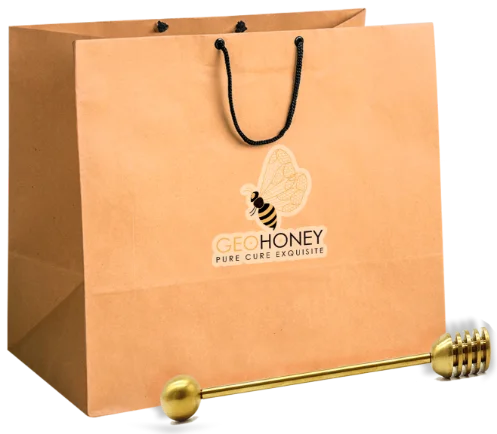
For What Reason is Tualang Honey Costly?
Taking into account the rarity of the honey, combined with the troubles experienced in harvesting it, it may be nothing unexpected that Tualang honey is expensive.
Tualang honey is not commonly seen on the racks of the grocery stores, yet online retailers sell it from $150 to $270 (somewhere in the range of £110 and £190) per kilo.
One benefit of the exorbitant cost of this honey variety, however, may be that the Tualang trees are more important for their honey than for their timber, so the honey bees making honey might guarantee that the trees are not chopped down for their wood.
Then again, the exorbitant cost and multi-flower nature of the honey may make it an alluring business sector for counterfeit Tualang Honey, or if nothing else, an item which is exceptionally contaminated. This sort of activity is as of now occurring with other premium honey varieties that are sold more than are actually made
What Are the Health Benefits of Tualang Honey?
It is claimed that this rare honey variety offers a range of great health benefits. Let’s have a look at them -
-
Antimicrobial Activity
It is well-known that honey has strong antimicrobial properties because of the great sugar content, the generally low pH (honey is acidic) and the high peroxide content. It would in this manner appear to be intelligent that Tualang honey would also offer antimicrobial movement
Maybe then, at that point, it merits thinking about whether Tualang Honey is more effective than other varieties, particularly thinking about its high cost.

-
Wound Healing
Various examinations have shown that Tualang Honey is just about as powerful as Manuka Honey and regular silver based wound dressings in healing burns and wounds, and a portion of these investigations were finished on people.
-
Anti-tumor Activity
A few investigations have shown that Tualang Honey has some impact against growths, or the cell lines that cause cancers. For example, it has been shown that Tualang Honey has some movement against oral squamous cell carcinoma cells and human osteosarcoma cells. However, this review was not similar, so it was not satisfactory if the impact of the honey was greater or less than the current medications.
One more review done in vitro7 has recommended that Tualang Honey may build the adequacy of the medication tamoxifen against some breast cancer cell lines. Although, the two examinations above were not similar, so it is hard to evaluate the usefulness of Tualang honey contrasted with other therapeutic nectar contributions and treatment at present utilized.
-
Anti-diabetic Activity
Because of the great sugar content of honey, it is mostly thought to be ill advised for diabetics for consumption. In any case, not all sugars are similar, and there is a way of thinking that because of the great fructose content of honey generally, Tualang Honey will have a lower glycaemic impact and thus it is less likely to cause a spike in blood sugar and insulin release.
Some additional benefits of Tualang honey -
Consumption of it helps in enhancing cardioprotective capabilities of the body.
If used topically, it also helps in enhancing skin appearance.
It is also said to reduce combat osteoporosis, blood pressure, improve fertility, and improve athletic performance.
Apart from the various benefits mentioned above, numerous studies have been done on rats supporting claims for expanding sperm count, sperm motility and further developing female sexual hormones.
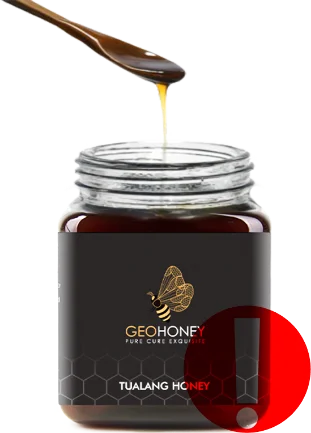
Safety & Side Effects of Tualang Honey
Nectar is possibly safe for use as a natural sweetener, effective item for minor injuries and wounds and cough suppressant.
Try not to give honey — even a small taste — to babies younger than 1 year. Honey can cause an uncommon but genuine gastrointestinal condition (baby botulism) brought about by openness to Clostridium botulinum spores. Microorganisms from the spores can grow and duplicate in a child's digestive tracts, delivering a risky poison.
Certain individuals are delicate or adversely affected by explicit components in honey, especially honey bee pollen. Though rare, honey bee pollen sensitivities can cause genuine, and lethal, unfavorable responses. Signs and side effects of a reaction include:
Wheezing and other asthmatic symptoms
Dazedness
Fainting
Vomiting
Nausea
Excessive perspiration
Weakness
Irregular heart rhythms
Stinging after applying honey topically
Takeaway
Growing up, we have all been taught about the benefits of honey in getting rid of various ailments. Adding to this, the taste of Tualang honey is truly appetizing that makes it a favorite honey variety for people of all ages. Hence, use it as a replacement to sugar in your daily food items and get healthy from inside and out in a whole natural way.
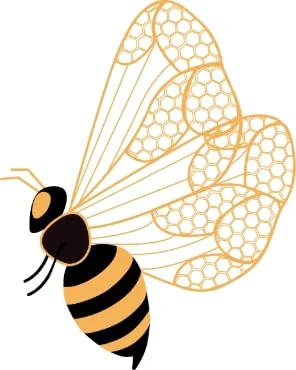
What’s the buzz, Join the hive !
SIGN UP TO OUR NEWSLETTER
Be the first to know about our hot deals, new arrivals.



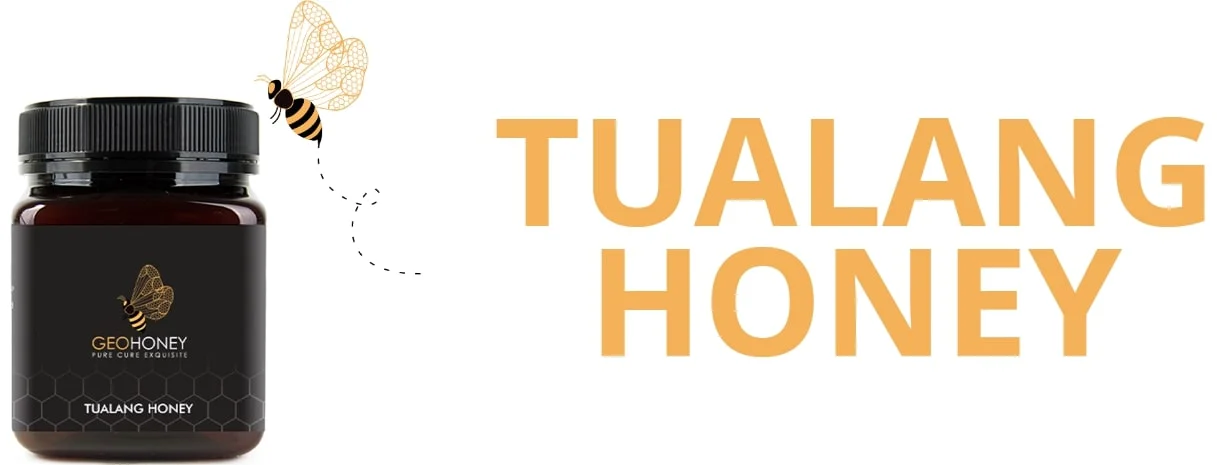




 Pay By Cards
Pay By Cards
 PayPal
PayPal
 Stripe
Stripe
 Other Payment Methods
Other Payment Methods










